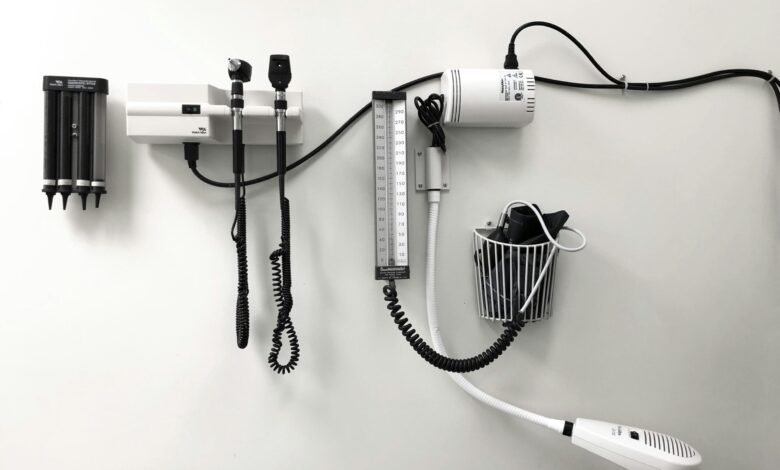Combining An HDHP With A Regular Health Insurance Plan

How Combining Health Insurance Plans Can Maximize Your HSA Benefits
I recently uncovered a valuable insight about health insurance that’s had a major impact on how I manage my medical expenses and retirement savings: even if you’re the only one with a high-deductible health plan (HDHP), you can still use your health savings account (HSA) to pay for qualified medical expenses for your spouse and dependents—even if they’re on a different, regular health insurance plan.
What Is an HDHP and Why It Matters
A high-deductible health plan (HDHP) is a type of health insurance that typically comes with:
-
Lower monthly premiums
-
Higher deductibles and out-of-pocket costs
The big perk? HDHPs give you access to an HSA—a tax-advantaged savings account specifically for medical expenses.
How an HSA Works
HSAs offer triple tax advantages:
-
Pre-tax contributions
-
Tax-free growth
-
Tax-free withdrawals for qualified medical expenses
You can invest the funds inside your HSA and let them grow for years before withdrawing them. Even better, after age 65, you can use HSA funds for any purpose, similar to a traditional IRA (you just pay income tax if it’s not for medical expenses).
My Health Insurance Setup
Here’s how our household structures health coverage:
-
I have an HDHP (through my state exchange), which gives me access to an HSA.
-
My wife and kids are on her regular health insurance plan, which offers better coverage for their higher healthcare usage.
Because my HDHP covers only me, I can contribute up to the individual limit to my HSA (not the family limit). However, I can still use HSA funds to cover medical expenses for my wife and kids—even though they’re not on my HDHP.
✅ IRS Rules: Who You Can Use HSA Funds For
According to IRS guidelines, HSA funds can be used for:
-
Yourself
-
Your spouse
-
Your dependents
Key point: There is no requirement that your spouse or dependents must be on your HDHP. As long as they’re your spouse or a tax dependent, their medical costs are eligible—even if they’re covered under separate health insurance.
This discovery opened up thousands of dollars in past expenses I could reimburse with tax-free HSA withdrawals.
Why This Combo Strategy Works
Combining two types of health insurance gives us the best of both worlds:
-
My wife and kids have robust coverage for frequent medical needs
-
I save money on premiums with my HDHP, and…
-
I gain access to an HSA, which serves as both a medical expense fund and a powerful retirement account
Now that I know their expenses qualify, I keep detailed records and can reimburse myself from my HSA anytime in the future.
Should You Combine Different Health Insurance Plans?
This strategy won’t work for everyone—but if:
-
You’re healthy and rarely use your insurance
-
Your spouse and kids need more comprehensive coverage
-
You want access to an HSA
…then combining health insurance plans may make financial sense.
Just remember:
-
Only the person with the HDHP can contribute to the HSA
-
That person can use HSA funds for any qualified medical expenses for their spouse and dependents
-
Good record-keeping is essential for future reimbursements
Tools I Recommend
-
Best HSA Provider: Fidelity HSA – No fees, low-cost index fund options
-
Track Medical Expenses: Use a spreadsheet or a tool like AwardWallet
Final Thoughts
Understanding how health insurance and HSA rules interact can lead to significant tax savings and smarter financial planning. If your family has different medical needs, splitting coverage—and leveraging an HSA for everyone—can be a smart move.
Just be sure to consult a tax advisor or financial planner to make sure this strategy fits your situation.
